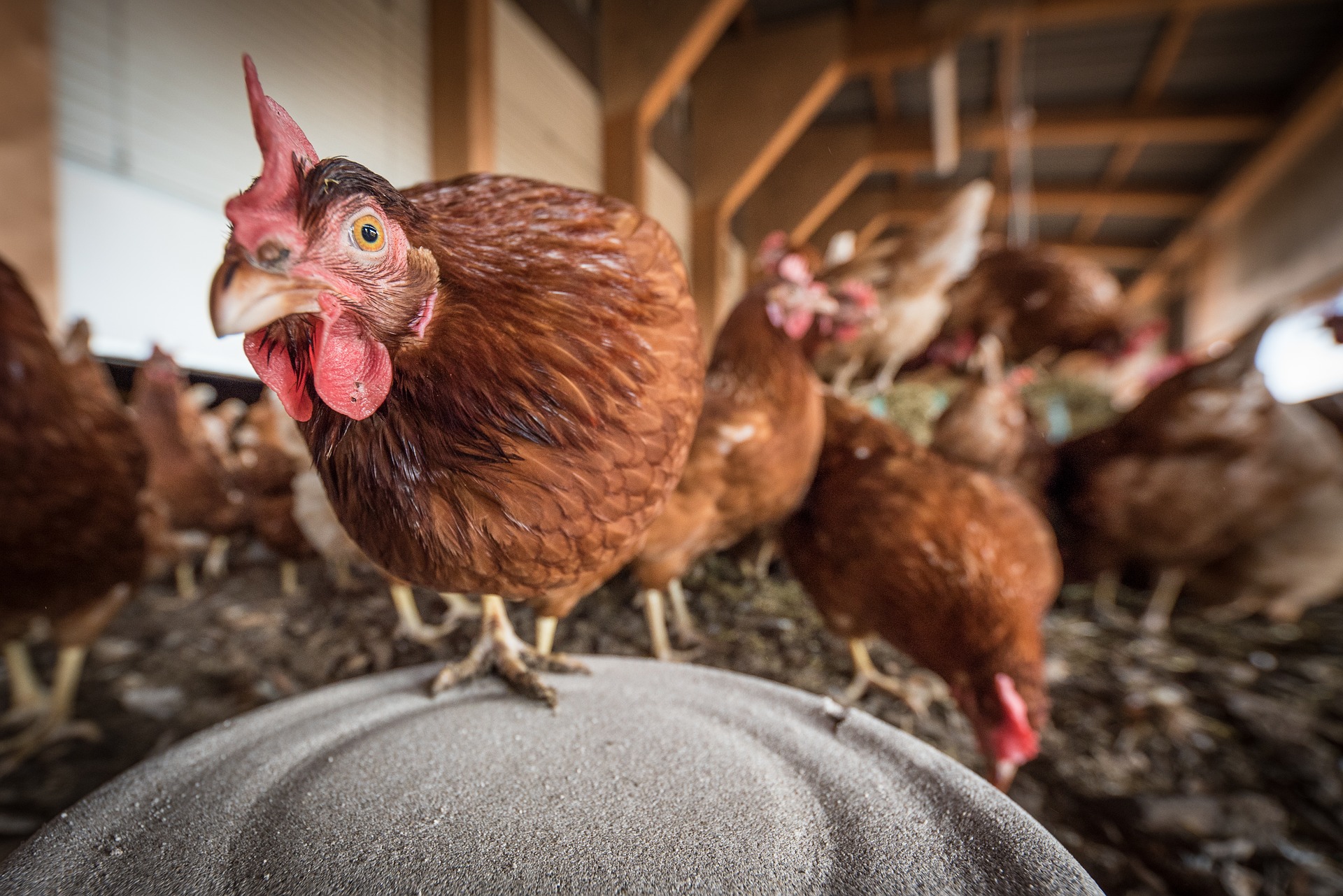When it comes to installing T-post fencing, the process is not as difficult as you may think. As long as you have a few basic tools and supplies, the installation process will be completed in no time. If you are considering installing T-post fencing on your property, we encourage you to read this blog post for an overview of how to install T-post fencing.
Step 1 – Plan the fence layout
For best results, identify the corners and run a string or tie line to define a straight path from corner to corner. This will help you keep the fence straight and save a lot of cross-checking. Make sure the fence path is free of debris in the underbrush that could interfere with a wire fence.
T-post fence posts are generally not used for corners, but corner connectors are available at major home improvement stores. There are brackets that use T-posts to form corners, but they may not be available in your area.
Set 2 – Set the Corners
Set your corner posts. Each corner consists of a single post and a diagonal brace for each direction the fence runs. If the wire is not stretched after installation, corner braces may not be needed.
These braces are used to handle the pressure of stretched wire and are only needed for unstretched fences when the posts are pulled toward each other by the weight of the wire. It is recommended that corner braces be used for all fencing to provide additional support.
Step 3 – Space T-posts evenly
T-posts should be placed no further than 12 feet apart. Longer spans make it more likely that the posts will have difficulty supporting the weight of the wire. In most cases, 10-12 feet is the optimum spacing, which will provide stable fence support without adding unnecessary T-posts.
Step 4 – T-posts have a special driving tool
Use the T-post driving tool. It is a special weighted tube that slides up and down the top section of a T-post, forcing the post into the ground. Simply lift the tool and release it, gravity and the weight of the tool will work to drive the T-post into place.
You can also use t post driver tool to drive fence posts into the ground.
Each post should be driven into the ground until the flared ribs are below the surface. Try to sink each T-post to the same depth, which will help keep the top line of the fence smooth and even when viewed from a distance.
Step 5 – Run the lowest strands first
Starting at one corner, attach the first wire to the lowest desired point on the T-post. Special wire connectors are available to simplify this process. They feature a unique snap-on design that eliminates the need for any tools or equipment other than lineman’s pliers for pulling and cutting.
Switch from one post to the next, making sure the fence continues with the location of the property. In dips, additional bottom strands can be used to fill the gap.
Step 6 – Post with post
Special rubber T-posts are available to protect people and livestock from the sharp edges of a T-post. These caps are available in bulk and slip over the end of the post. These caps are not required but are strongly recommended for safety precautions. Compared to vet fees or tetanus shots and stings, they are the least expensive solution.
T-Post fencing is a great solution for keeping your livestock safe. With these instructions, installing a weld will not be!
